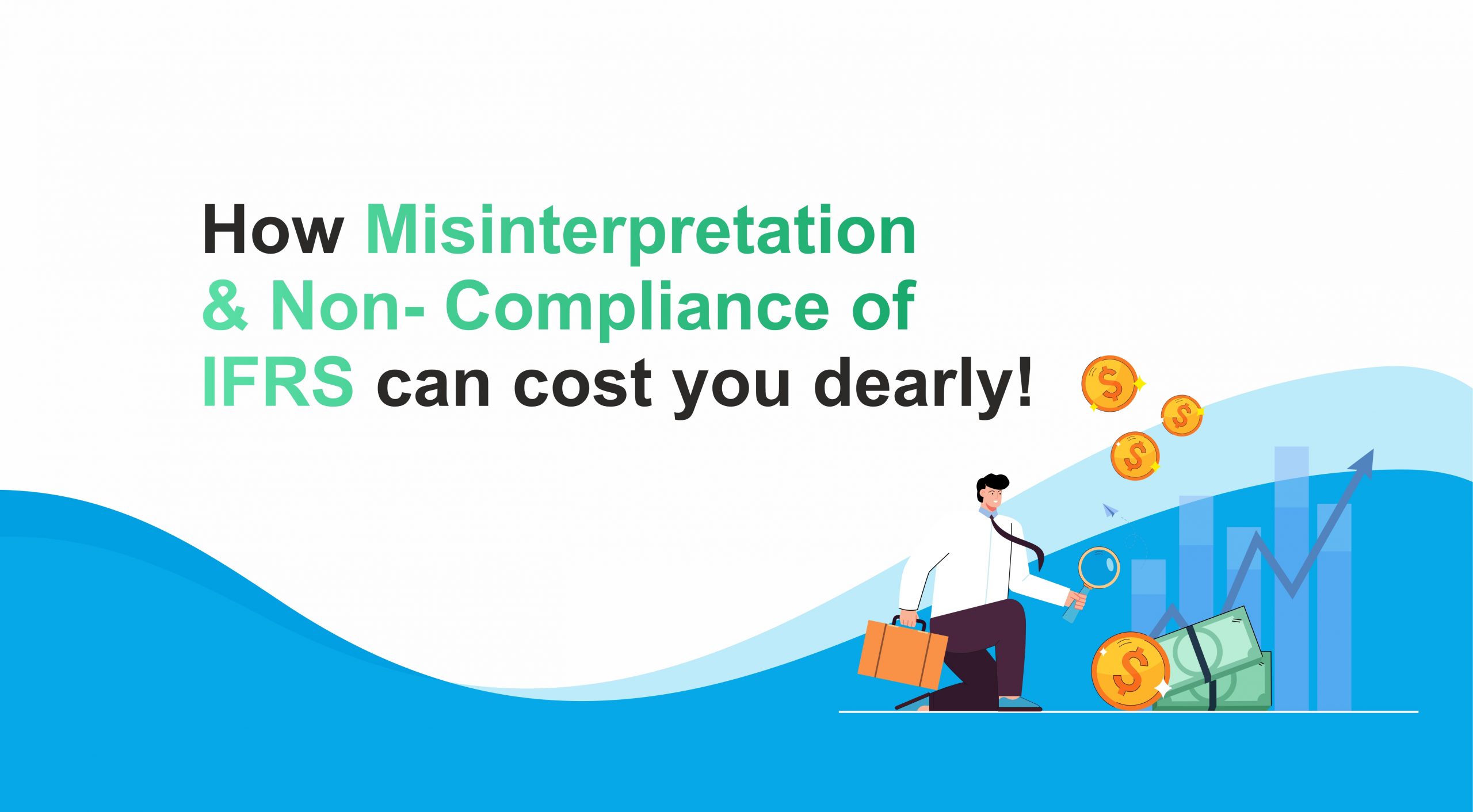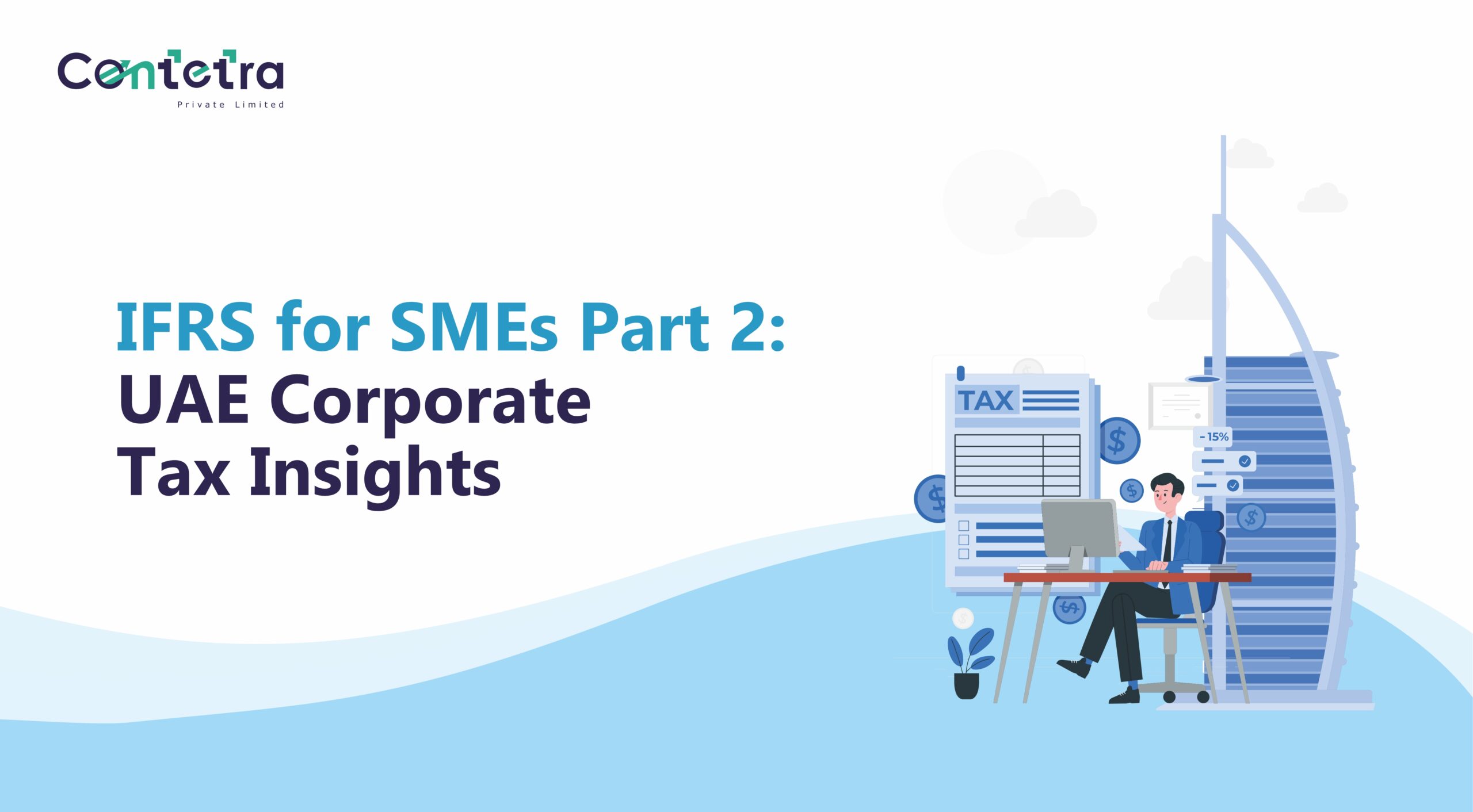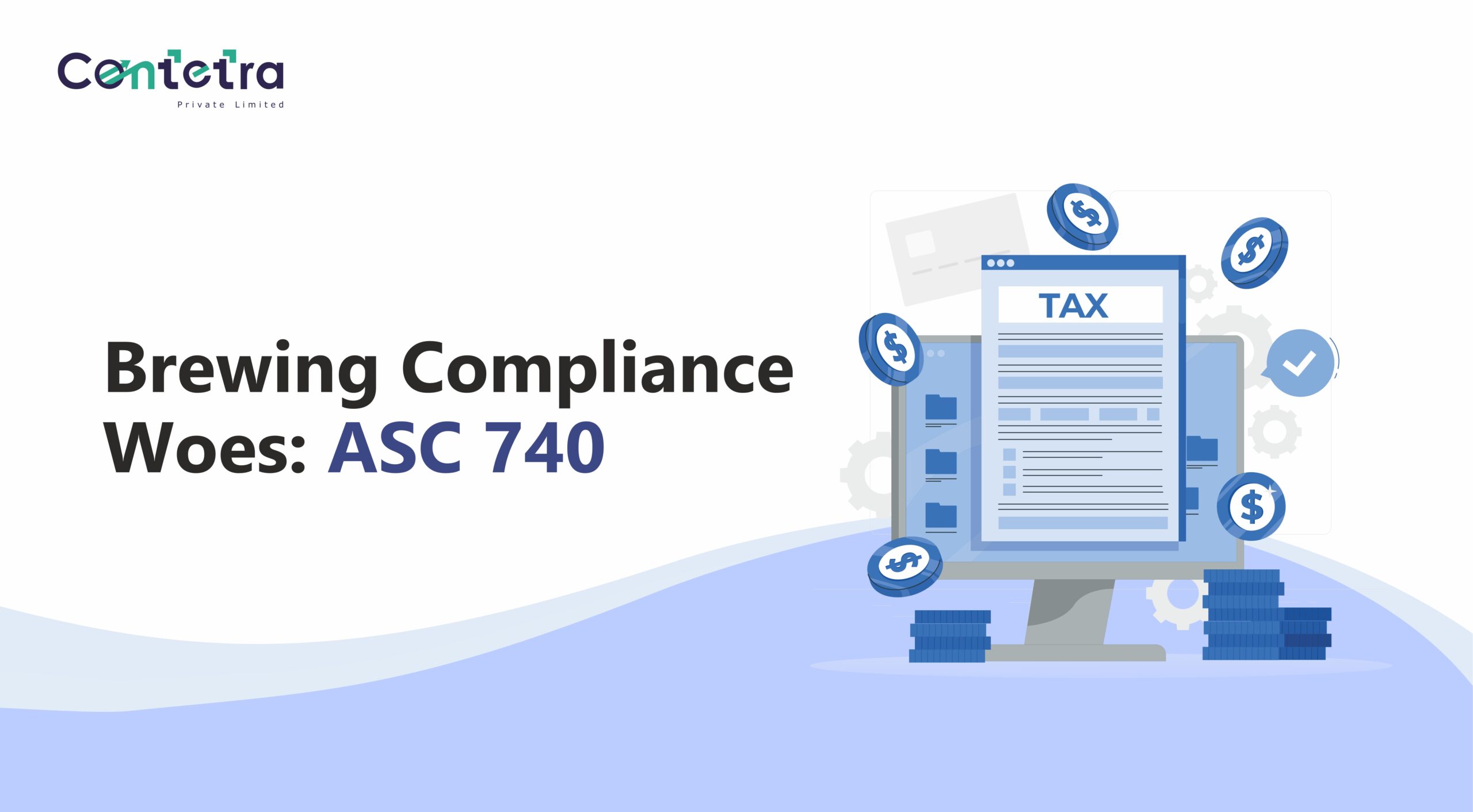Hello fellow-finance professional!
I wanted to share a few astonishing facts from an interesting session that I recently conducted on IFRS 9 – Financial Instruments:
- In India, the estimated cost of financial non-compliance across financial firms was $5.5 billion in 2020
- Businesses in the U.S. have spent $10,000 per employee on an average on regulatory costs (These include fines, penalties, litigations, arbitrations and other financial damages).
- In the five-year period between 2013-14 and 2017-18, India Inc’s regulatory compliance costs have increased by 56.73% (from INR 14,486 crores to INR 22,705 crores). This percentage has been increasing since then. (Interestingly, this was also the time that IFRS was first implemented in India – through IndAS)
- On a year-on-year basis, legal and professional fees went up by more than 4%.
What is the biggest reason behind such non-compliance?
The top reasons that have been identified behind non-compliance by corporates are:
- Lack of knowledge of the regulatory laws and reporting practices.
- Incorrect understanding of the regulatory requirements.
- Failing to practically implement the laws and regulations accurately.
Under these circumstances, corporates place high value on employees who can help avoid or prevent companies from incurring such high regulatory costs!
Hence, it becomes imperative for finance professionals to acquire a thorough understanding of the Financial Reporting Framework, so that they can add significant value to their firm, and shine as a professional.
In a previous blog, I discussed how to determine if preference shares are debt or equity, and some real-world examples on their effect on the Debt-Equity ratio of a company. Read it here!
Today, we will find out how misinterpreting IFRS 9 led this large private-sector bank to be slammed with an INR 2 crore penalty!
As per the Reserve Bank’s licensing norms, a private bank’s promoter holding has to be brought down to 40% within 3 years of operations, 20% within 10 years and 15% within 15 years.
In line of this, RBI mandated Kotak Mahindra Bank Limited to reduce its promoter shareholding to 20% by December 31, 2018. To comply with the same, Kotak issued perpetual non-convertible preference shares which it said would reduce promoter stake from 30.3% to 19.7%.
The bank was of the opinion that this class of preference shared would be a financial liability and will not form part of equity. However, for preference shares to be considered as liability or debt, the following must also be true:
– there must be fixed percentage of dividend, and a contractual obligation to deliver cash
– the bank (issuer) must mandatorily redeem the preference shares for a fixed/determinable amount at a future date
– the holder must have the right to require the bank (issuer) to redeem the shares at a future date for a fixed/determinable amount.
In the absence of the above, the RBI did not agree with the classification of the instrument as a financial liability and maintained that the class of instruments continued to be “equity” instruments, with the promoters retaining their voting rights and stake.
The Reserve Bank went on to impose a penalty of INR 2 crores on Kotak Mahindra Bank Limited for non-compliance in dilution of promoter’s shareholding!
This is how the implications of IFRS 9 with regards to classification of Financial instruments, can have significant financial and legal impact on your business!
Put on Your Thinking Cap!

After understanding how misinterpreting the reporting standards can have a grave financial as well legal impact on companies, I hope you will now be able to assess:
- Whether such class of preference shares exist in your organization?
- Whether you have classified it accordingly?
- Have you identified any areas which are highly vulnerable to non-compliance in your organizations?
- What steps are you taking to ensure that you and your team comply with all regulations and Reporting Framework accurately?
- Do you feel the need to take an experts advice while interpreting Financial Reporting Standards in your organization?
I would love to discuss these in detail with you. If you have any doubts or if you’d like to discuss IFRS 9, feel free to drop me a line on my LinkedIn profile! Lastly, if you think this article would prove useful to someone, do share it with them.
(^Sources: Mint, Lexisnexis, Economic Times, hyperproof, forbes, BusinessStandard, Reuters)















Very insightful, thank you - The case study was especially eye-opening.